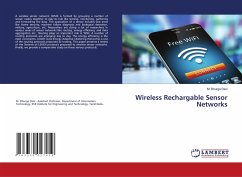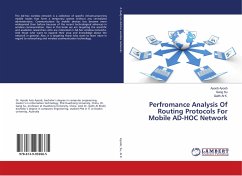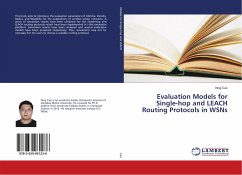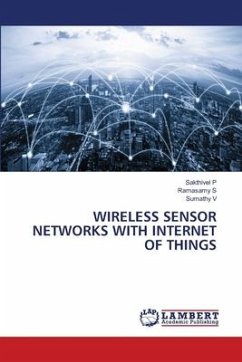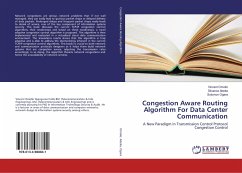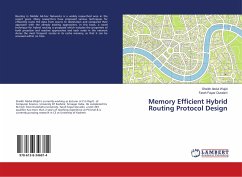A wireless sensor network (WSN) is formed by grouping a number of sensor nodes together to play its role like sensing, monitoring, gathering and forwarding the data. The application of a sensor includes vast areas like Home security, machine failure diagnosis and biological detection, military, agriculture, etc. Researchers are doing a lot of researchers in various areas of sensor networks like routing, energy efficiency, and data aggregation etc., Routing plays an important role in WSN. A number of routing protocols are emerging day to day. The energy efficiency is the main constraints. LEACH (Low-Energy Adaptive Clustering Hierarchy) is one of the routing protocols proposed to routing. This paper presents a review of the Variants of LEACH protocols proposed to wireless sensor networks. Finally, we provide a comparative study on these various protocols.

